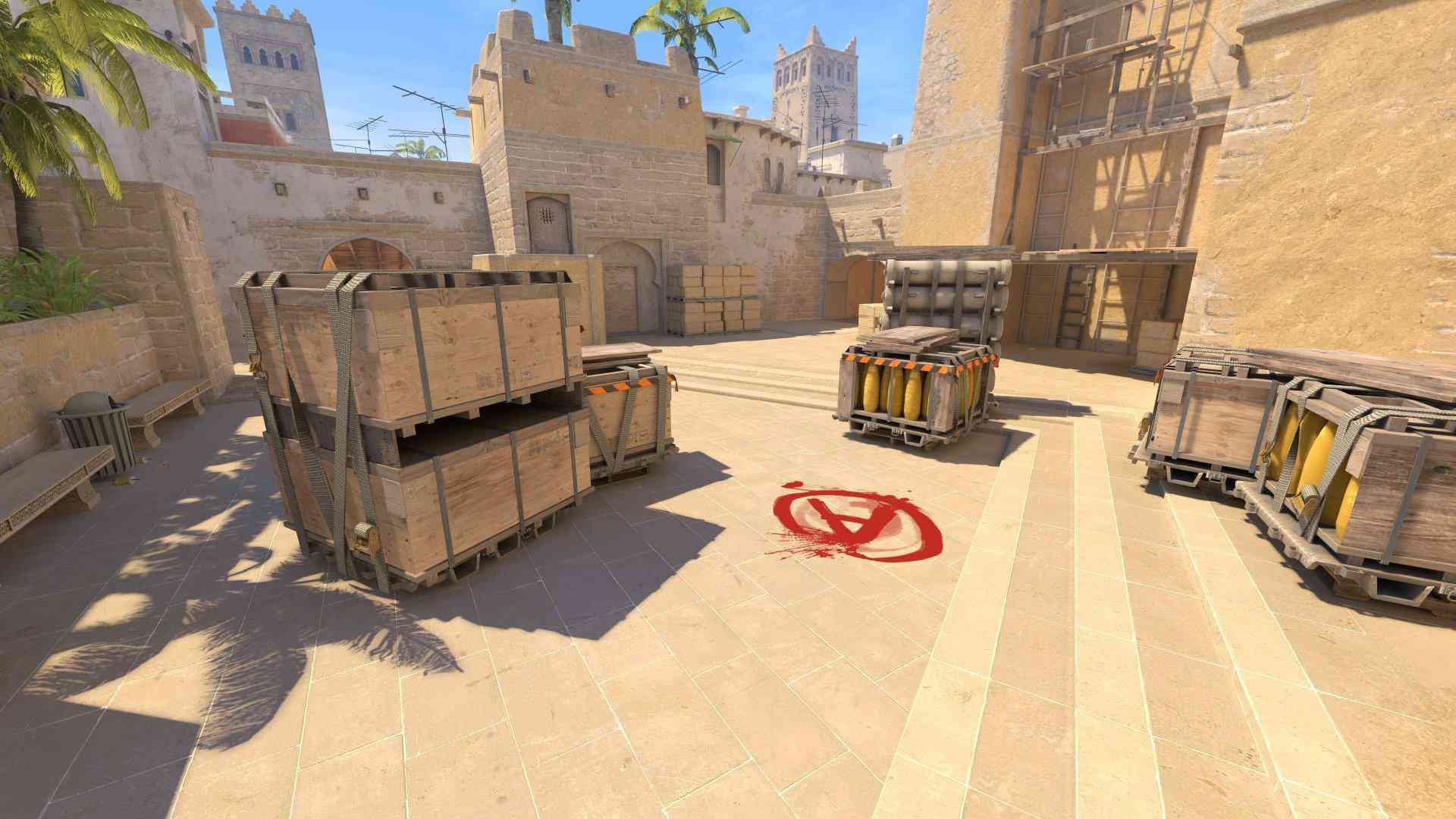Dasiwang: Your Gateway to Trending Insights
Stay updated with the latest news, trends, and insights across various topics.
Execute or Perish: The Ironic Truth Behind CS2's Bombsite Chaos
Uncover the irony behind CS2's bombsite chaos! Explore the high-stakes strategies that can make or break your game. Dive in now!
Understanding the Dynamics of CS2's Bombsite Strategies
In Counter-Strike 2 (CS2), mastering bombsite strategies is crucial for both attackers and defenders. Each bombsite offers different tactical advantages, and understanding these dynamics can significantly influence the outcome of a match. For example, A-site typically has more open spaces, allowing for long-range engagements, while the B-site can be more confined, often leading to tighter, close-quarter combat. By analyzing the unique layouts of each bombsite, players can identify the best routes for entering, defending, or retaking.
To successfully implement effective bombsite strategies, teams must communicate and coordinate their movements. One common tactic involves setting up a default formation that spreads players across the map, gathering information and creating pressure on both sites. This method often leads to rotations that can catch the opposing team off-guard. Additionally, utilizing utility effectively—such as smoke grenades and flashbangs—can obscure sightlines and provide crucial cover for bomb plants, making the execution of strategies smoother and more effective.

Counter-Strike is one of the most popular first-person shooter games, known for its competitive gameplay and strategic depth. Players can enhance their gameplay with various controls, including cs2 grenade binds that allow for more effective use of grenades during matches. The game features a variety of maps and modes, ensuring a unique experience with each match.
The Hidden Risks of Bombsite Chaos in CS2: What Players Need to Know
In the fast-paced world of CS2, bombsite chaos can be a thrilling yet dangerous aspect of gameplay. As players rush to secure bomb sites, the frantic energy often leads to poor decisions that can cost their team the match. One hidden risk is the lack of communication among team members, which can result in players inadvertently blocking each other's lines of fire. Additionally, chaotic situations invite bombsite rushes where tactics fall by the wayside, causing players to lose sight of fundamental strategies. Understanding these risks is essential for players who want to maintain control amid the disorder.
Another key risk associated with bombsite chaos is the susceptibility to flanking maneuvers. When teams focus too heavily on the bombsite, they often neglect their defensive positioning. This creates opportunities for the opposing team to exploit gaps in their defense, leading to devastating ambushes. Players need to adopt a more strategic approach during these chaotic moments. Prioritizing situational awareness and teamwork can mitigate such risks. Remember, it’s not just about planting the bomb; it’s about safeguarding your team’s position to secure victory in every round.
Can Effective Communication Save Your Team from Bombsite Confusion in CS2?
Effective communication is the backbone of any successful team in Counter-Strike 2 (CS2), particularly when navigating the complexities of bombsite strategy. During fast-paced matches, confusion can easily arise in chaotic environments, leading to poor decision-making and missed opportunities. By adopting clear and concise communication methods, players can relay critical information about enemy positions, upcoming strategies, and bombsite control. For instance, implementing callouts for specific locations on maps enhances team awareness, allowing for better positioning and coordinated attacks. Remember, a well-informed team performs cohesively, significantly increasing their chances of victory.
To further amplify the effectiveness of your team's communication, it’s essential to establish a few basic protocols. Start by designating roles within the team: callers, support players, and entry fraggers can each have distinct responsibilities. This division of labor ensures that everyone knows who to listen to during critical moments, reducing the potential for bombsite confusion. Additionally, utilizing tools like voice chat, text communication, and even in-game markers can further clarify commands. Ultimately, when every team member actively participates in communication, the fog of confusion lifts, allowing for better strategies to prevail in CS2’s intense confrontations.